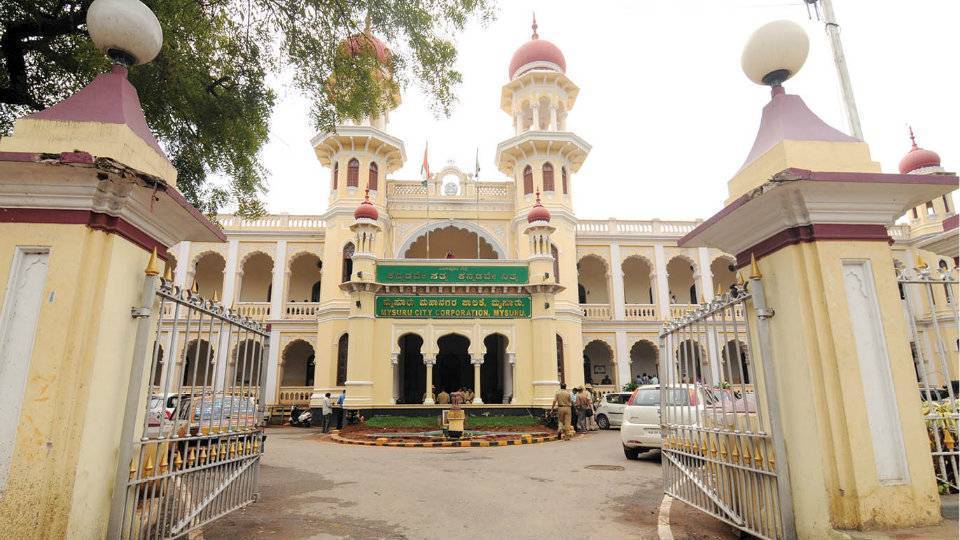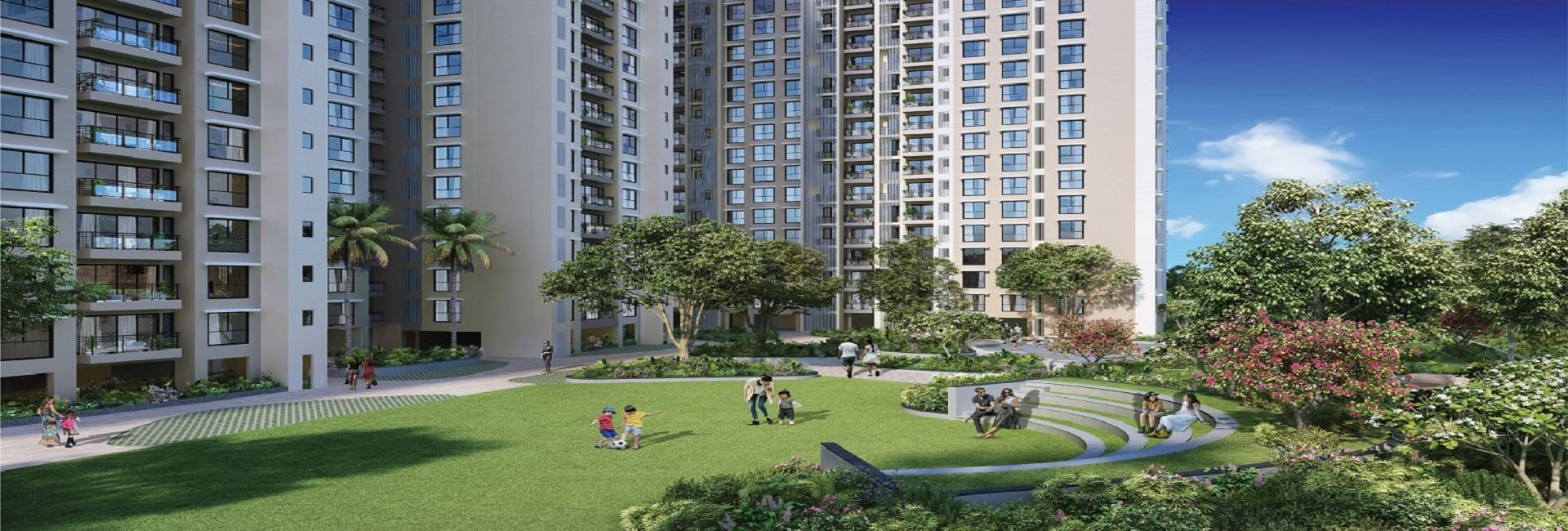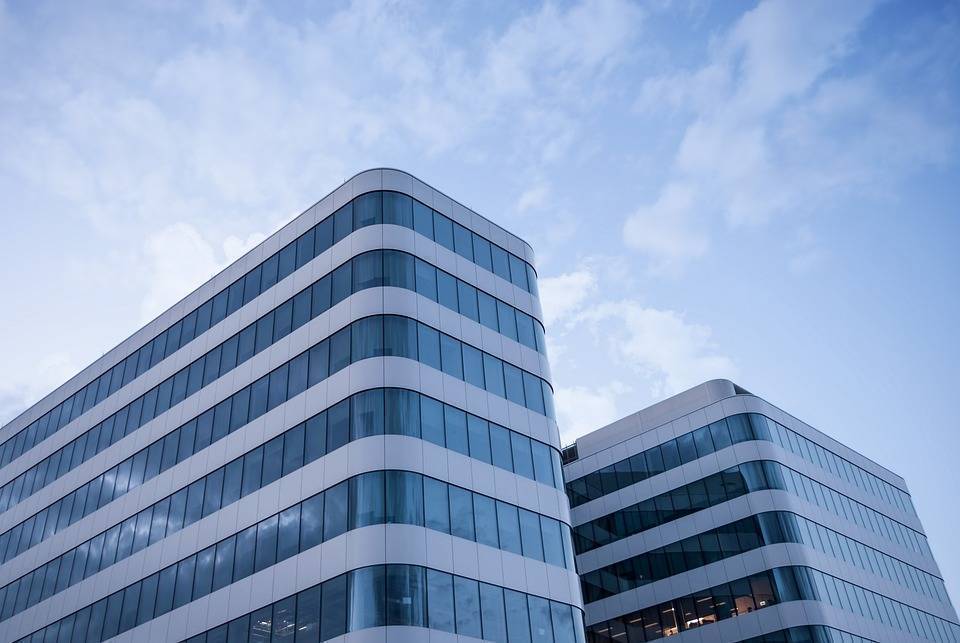India’s commercial real estate landscape is evolving rapidly. Once focused predominantly on metros like Mumbai, Bengaluru, and Delhi, the market is now eyeing Tier 2 and Tier 3 cities as high-potential zones for expansion. With improved infrastructure, digital connectivity, reverse migration trends, and cost-effective operations, these cities are becoming the next frontier for co-working spaces and commercial real estate investments.
Why Tier 2 and Tier 3 Cities Are Booming
The rise of the digital economy, coupled with government schemes like Digital India, Startup India, and the Smart Cities Mission, has catalyzed economic activity in smaller cities. Affordable real estate, lower operational costs, and a young, educated workforce have made cities like Indore, Jaipur, Coimbatore, Lucknow, and Bhubaneswar attractive for businesses and real estate developers alike.
The COVID-19 pandemic further accelerated this shift. With remote and hybrid work becoming the norm, professionals moved back to their hometowns, leading to a growing demand for quality office infrastructure in these regions. According to a report by Knight Frank India, 44% of the new office space demand in 2024 came from non-metro cities, with projections pointing to even stronger growth in 2025.
Co-working Spaces Fueling the Shift
India’s co-working market is expected to reach a valuation of $4.58 billion by 2032, growing at a CAGR of 12.7%, according to Fortune Business Insights. Currently, Tier 2 and 3 cities are witnessing a surge in demand for flexible, plug-and-play workspaces.
Major players like Awfis, Smartworks, and Incuspaze are aggressively expanding into these markets. Awfis, for instance, announced in early 2025 its plans to open 100 new centers in non-metro cities over the next 24 months. These spaces are not only serving startups but also attracting banks, IT companies, and government-supported innovation hubs.
Real Estate Developers Responding to Regional Demand
Real estate developers are taking notice of the shift. Cities like Nagpur, Kochi, Chandigarh, and Surat are seeing a rise in mixed-use commercial developments. Developers are retrofitting old malls, cinemas, and unused buildings into high-efficiency office hubs. These adaptive reuse strategies are helping reduce project costs while meeting rising demand quickly.
In 2024 alone, Tier 2 cities accounted for 44% of new land acquisitions for commercial purposes, according to Anarock Property Consultants. Moreover, leasing activity in non-metros is rising steadily, with warehousing and logistics hubs witnessing a 17% year-on-year growth.
The Cost and Talent Advantage
One of the biggest draws of Tier 2/3 cities is their affordability. Commercial real estate rentals in these locations are often 50-60% lower than in Tier 1 cities. Additionally, salaries and other overheads are significantly lower, giving companies a competitive edge.
There’s also a growing pool of skilled talent in these cities, thanks to educational institutions and tech skilling programs. Companies such as TCS, Cognizant, and Infosys are already hiring aggressively from non-metros and even establishing satellite offices to tap into this local workforce.
Challenges and The Way Forward
While the potential is immense, developers and co-working operators must navigate several challenges—ranging from regulatory approvals and inconsistent infrastructure to a lack of standardization in construction quality. However, early movers have an edge in building brand loyalty and capturing market share.
For long-term success, real estate developers must invest in ESG-compliant buildings, tech-enabled operations, and community-driven designs. Co-working brands should customize offerings to suit local needs and offer hybrid memberships to cater to freelancers, startups, and corporates alike.
The commercial real estate spotlight is no longer limited to India’s top metros. Tier 2 and Tier 3 cities are redefining the market landscape with agility, affordability, and untapped potential. As these cities evolve into full-fledged business ecosystems, co-working spaces and commercial developers who recognize and act on this shift will lead India’s next real estate boom.
The future is distributed, inclusive, and regionally diverse—and Tier 2 and 3 cities are right at the center of this transformation.
Authored By;










